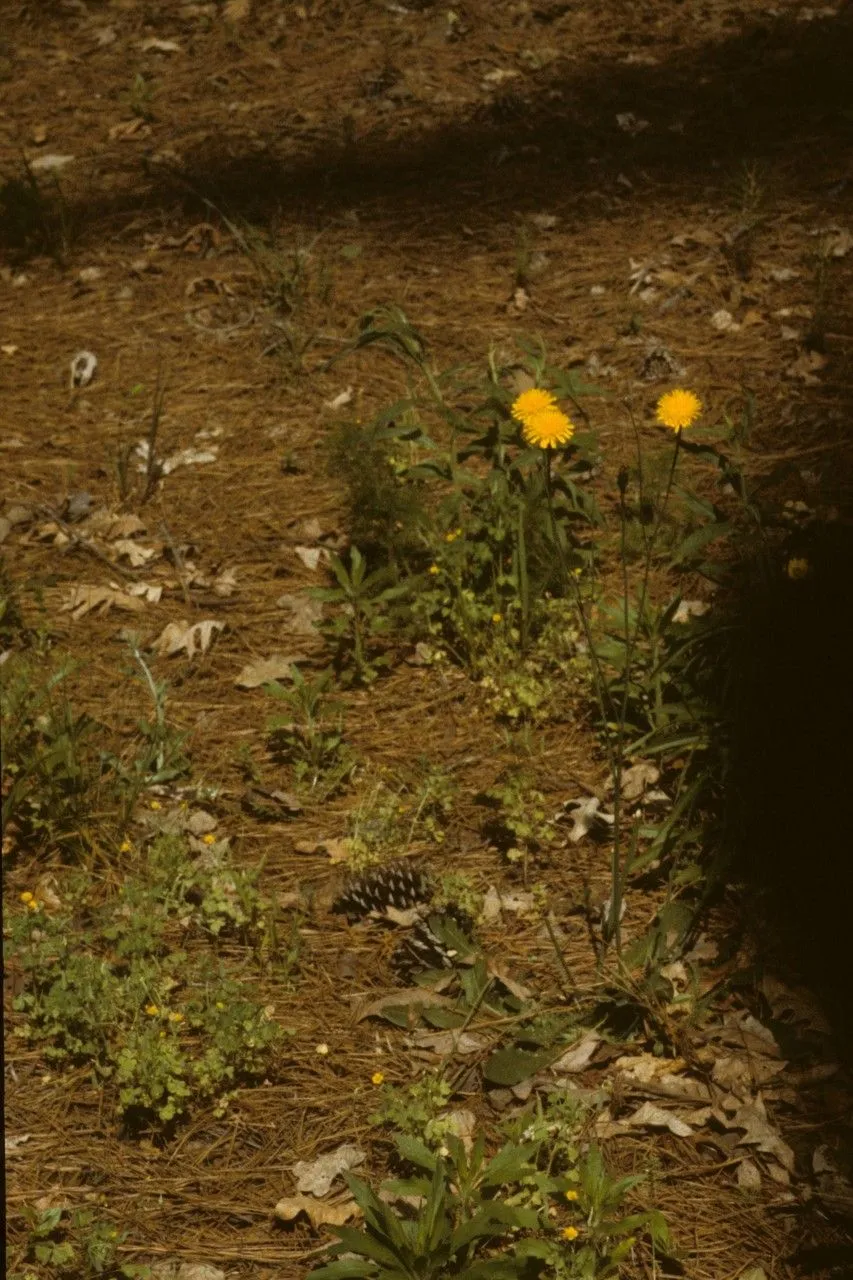
Author: Nutt.
Bibliography: Gen. N. Amer. Pl. 2: 127 (1818)
Year: 1818
Status: accepted
Rank: species
Genus: Krigia
Vegetable: False
Observations: C. & E. U.S.A.
The plant known commonly as the Colonial dwarf-dandelion, scientifically referred to as Krigia dandelion, is a species belonging to the Asteraceae family. First described by the botanist Nuttall in his 1818 work on North American Genera of Plants, this botanical marvel has captivated the interest of naturalists and plant enthusiasts for generations.
Krigia dandelion is native to Central and Eastern parts of the United States. This region serves as the primary habitat for the species, where it can be found flourishing in a variety of environments ranging from open fields to forested areas. The plant is adaptable, thriving in different soil conditions and demonstrating a remarkable resilience in its native range.
One of the key distinguishing features of the Colonial dwarf-dandelion is its diminutive size, which distinguishes it from the more common and larger varieties of dandelions. This smaller stature does not diminish its visual appeal; on the contrary, the plant is prized for its delicate and finely detailed flowers and leaves.
The flowers of Krigia dandelion are typically bright yellow, resembling miniature versions of the common dandelion, and they present a cheerful presence in natural landscapes. The blooming period extends through the warmer months, adding vibrant splashes of color to the regions it inhabits. The foliage is equally attractive, with finely divided leaves that contribute to the plant’s overall delicate appearance.
Due to its aesthetic appeal and adaptability, Krigia dandelion holds potential for use in ornamental gardening. Its presence can enhance the biodiversity of garden spaces, attracting pollinators such as bees and butterflies, which, in turn, support the broader ecological network.
In historical and contemporary botanical literature, the Colonial dwarf-dandelion is notable for its contributions to the understanding of plant diversity in North America. Scholars like Nuttall have laid the groundwork for continued studies on this plant, opening the door for future research on its ecological roles, propagation methods, and potential uses in horticulture.
In conclusion, Krigia dandelion, or the Colonial dwarf-dandelion, stands out as a small yet significant component of the United States’ flora. Its scientific and common nomenclature reveal much about its character—dwarfed in size but colonial in its proliferation and impact. Whether observed in the wild or cultivated in a garden, this plant continues to embody the delicate beauty and resilience of the natural world.
Eng: colonial dwarf-dandelion, potato dwarfdandelion, potato-dandelion, potato-dwarf-dandelion, potato dwarf-dandelion, potato dandelion
Fra: krigie faux-pissenlit
En: Colonial dwarf-dandelion, Potato-dandelion, Potato-dwarf-dandelion, Potato dwarfdandelion, Potato dwarf-dandelion, Potato dandelion
Fr: Krigie faux-pissenlit
Taken Jan 1, 1900 by EOL − Gerrit Davidse (cc-by-nc-sa)
Taken Jan 1, 1900 by EOL − Cooper, G.A. (cc-by-nc-sa)
Taken Jan 1, 1900 by EOL − Steve R. Turner (cc-by-nc-sa)
Taken Jan 1, 1900 by EOL − Steve R. Turner (cc-by-nc-sa)
Taken Jul 7, 2022 by Mary_T (cc-by-sa)
Taken Jan 1, 1900 by EOL − Gerrit Davidse (cc-by-nc-sa)
Taken Jan 1, 1900 by EOL − Gerrit Davidse (cc-by-nc-sa)
Taken Apr 1, 2011 by EOL − Ron Thomas (cc-by-nc-sa)
Taken Apr 1, 2011 by EOL − Ron Thomas (cc-by-nc-sa)
Taken Nov 4, 2018 by brettg (cc-by-sa)
Taken Jan 1, 1900 by EOL − Cooper, G.A. (cc-by-nc-sa)
Taken Jan 1, 1900 by EOL − Cooper, G.A. (cc-by-nc-sa)
Taken Jan 1, 1900 by EOL − Cooper, G.A. (cc-by-nc-sa)
Taken Jan 1, 1900 by EOL − Cooper, G.A. (cc-by-nc-sa)
Taken Jan 1, 1900 by EOL − Gerrit Davidse (cc-by-nc-sa)
Taken Apr 30, 2003 by EOL − Steven J. Baskauf (cc-by-nc-sa)
Taken Apr 28, 2004 by EOL − Steven J. Baskauf (cc-by-nc-sa)
Taken Apr 1, 2011 by EOL − Ron Thomas (cc-by-nc-sa)
Taken Apr 28, 2004 by EOL − Steven J. Baskauf (cc-by-nc-sa)
Growth habit>: Forb/herb
Family: Myrtaceae Author: (F.Muell.) K.D.Hill & L.A.S.Johnson Bibliography: Telopea 6: 402 (1995) Year: 1995 Status:…
Family: Rubiaceae Author: Pierre ex A.Froehner Bibliography: Notizbl. Bot. Gart. Berlin-Dahlem 1: 237 (1897) Year:…
Family: Sapindaceae Author: Koidz. Bibliography: J. Coll. Sci. Imp. Univ. Tokyo 32(1): 38 (1911) Year:…
Family: Asteraceae Author: A.Gray Bibliography: Pacif. Railr. Rep.: 107 (1857) Year: 1857 Status: accepted Rank:…
Family: Fabaceae Author: Medik. Bibliography: Vorles. Churpfälz. Phys.-Ökon. Ges. 2: 398 (1787) Year: 1787 Status:…
Family: Aspleniaceae Author: (Cav.) Alston Bibliography: Bull. Misc. Inform. Kew 1932: 309 (1932) Year: 1932…